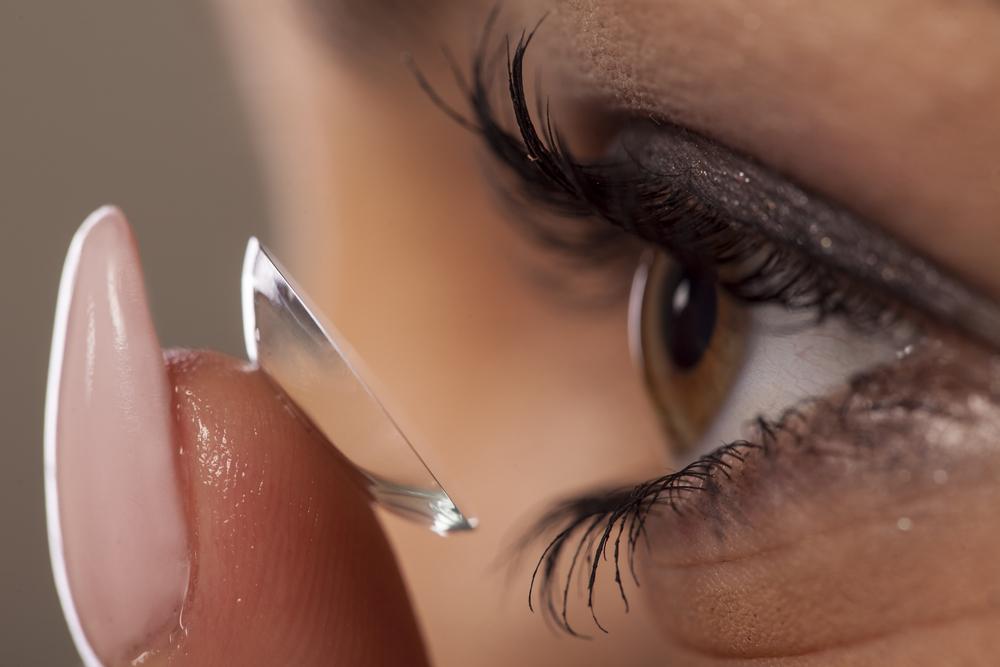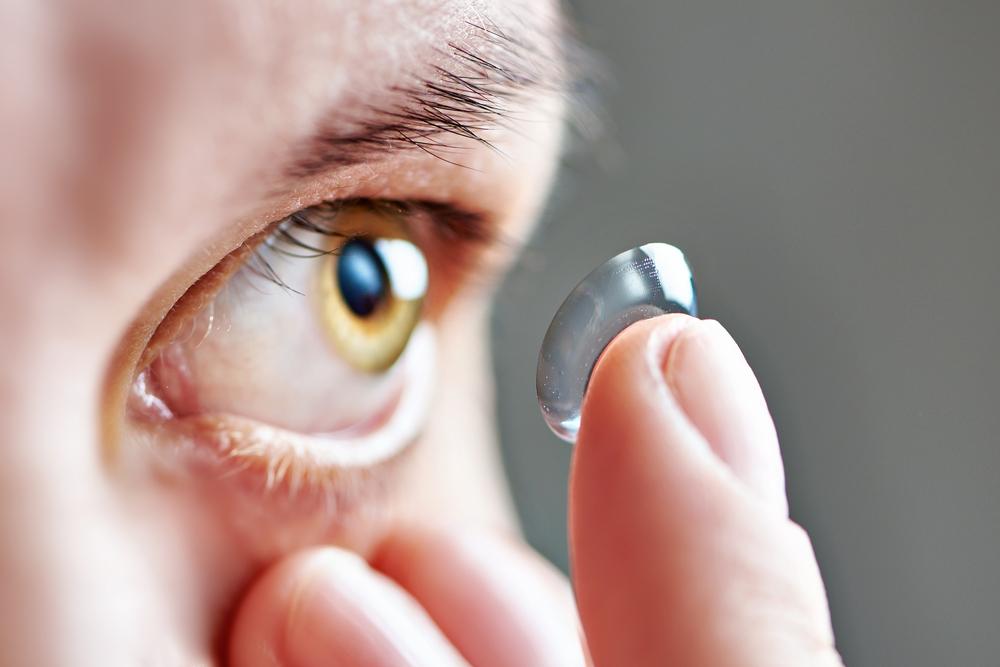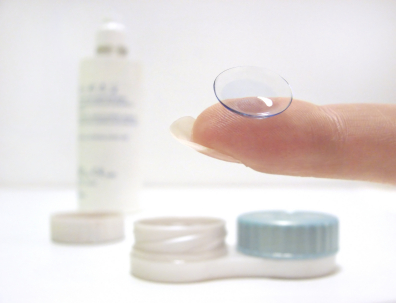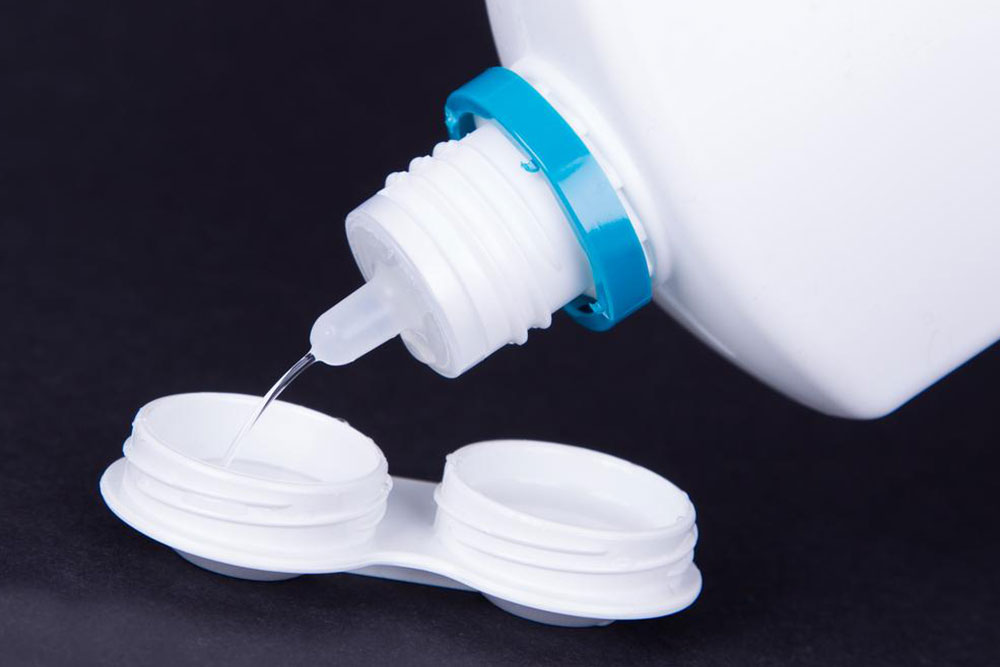Comprehensive Guide to Safe and Effective Contact Lens Use
This comprehensive guide provides essential insights into safe contact lens usage, including types, handling tips, and safety precautions. It emphasizes proper care and professional consultation to ensure optimal eye health, offering valuable advice for both new and experienced contact lens users. Discover how to enjoy clear vision with minimized risks through proper practices and knowledge about contact lenses.

Comprehensive Guide to Safe and Effective Contact Lens Use
Contact lenses have revolutionized vision correction and personal style, offering a versatile and convenient alternative to traditional eyeglasses. Whether you're interested in colorful cosmetic lenses or require prescription correction, contact lenses provide an excellent solution that enhances your appearance while correcting vision problems. These thin, delicate optical devices are specially designed to sit gently on the eye's surface, allowing for clear, unobstructed vision. Although generally clear, many contact lenses have a subtle tint to aid handling and insertion, making the user experience safer and more manageable. Understanding the different types of contact lenses and how to properly wear and care for them is essential for maintaining eye health and ensuring optimal vision correction.
Contact lenses are broadly categorized into two main types: soft lenses and rigid gas permeable (RGP) lenses. Each type offers distinct advantages and considerations, depending on your specific needs, eye health, and lifestyle.
Types and Categories of Contact Lenses
Soft Contact Lenses
Constructed from flexible, breathable plastic materials that allow oxygen to pass through to the cornea, maintaining eye health and comfort.
They are favored for their ease of use, comfort, and adaptability, making them ideal for daily wear.
Modern soft lenses are predominantly made from silicone-hydrogels, a material designed to improve oxygen permeability, reducing dryness and irritation with extended wear.
Soft lenses suit a wide range of vision needs, including myopia, hyperopia, astigmatism, and presbyopia.
Rigid Gas Permeable (RGP) Lenses
Built from durable, high-quality plastics that are resistant to deposits and scratches, RGP lenses provide sharper and clearer vision, especially for complex prescriptions.
The rigidity of these lenses allows for precise correction of refractive errors and often results in better long-term eye health.
Unlike soft lenses, RGPs are less forgiving initially—they may require an adaptation period during which users may experience some discomfort or blurred vision.
Handling RGP lenses can be straightforward once accustomed to them, and they tend to last longer with proper maintenance.
Extended Wear Contact Lenses
This category includes soft lenses designed for prolonged or continuous wear, typically ranging from several nights up to a month.
Made from specially designed oxygen-permeable plastics, these lenses allow your eyes to breathe even during extended periods of wear, reducing dryness and discomfort.
Extended wear lenses should always be used under the supervision of an eye care professional to mitigate risks associated with overnight or continuous wear.
Daily-Use and Replacement Lenses
Many soft contacts are designed for frequent or daily replacement, with some lenses marketed as "disposable" or "daily" lenses.
Daily disposable lenses are meant to be worn once and discarded, minimizing contamination risks and simplifying lens maintenance.
Replacement schedules vary—from daily, weekly, bi-weekly, to monthly—depending on the lens type and manufacturer instructions.
Choosing the correct replacement schedule is crucial for maintaining eye health and preventing infections.
Preventing Contact Lens-Related Complications
Despite being FDA-approved medical devices, contact lenses require careful handling, proper hygiene, and adherence to prescribed wear schedules to prevent complications such as infections, corneal ulcers, inflammation, or decreased vision.
Some essential safety tips include:
Always consult with an eye specialist or optometrist before initiating contact lens wear to receive a proper fitting and personalized guidance.
Purchase lenses only from authorized, licensed providers to ensure authenticity and quality.
Practice rigorous hygiene—wash and dry your hands thoroughly before handling lenses, and clean lenses according to manufacturer instructions.
Never sleep in lenses unless specifically prescribed for extended or overnight wear by your eye care professional.
Follow the prescribed schedule for wearing, cleaning, disinfecting, and replacing lenses to minimize risks.
Be vigilant for symptoms of eye discomfort, redness, pain, or blurred vision, and seek prompt medical attention if they occur.
By understanding the different types of contact lenses, adhering to safety protocols, and maintaining proper eye hygiene, users can enjoy the benefits of contact lenses safely and effectively, enjoying clear vision without compromising eye health. Regular eye exams and consultations with eye care professionals are vital to keeping your eyes healthy while using contact lenses.





